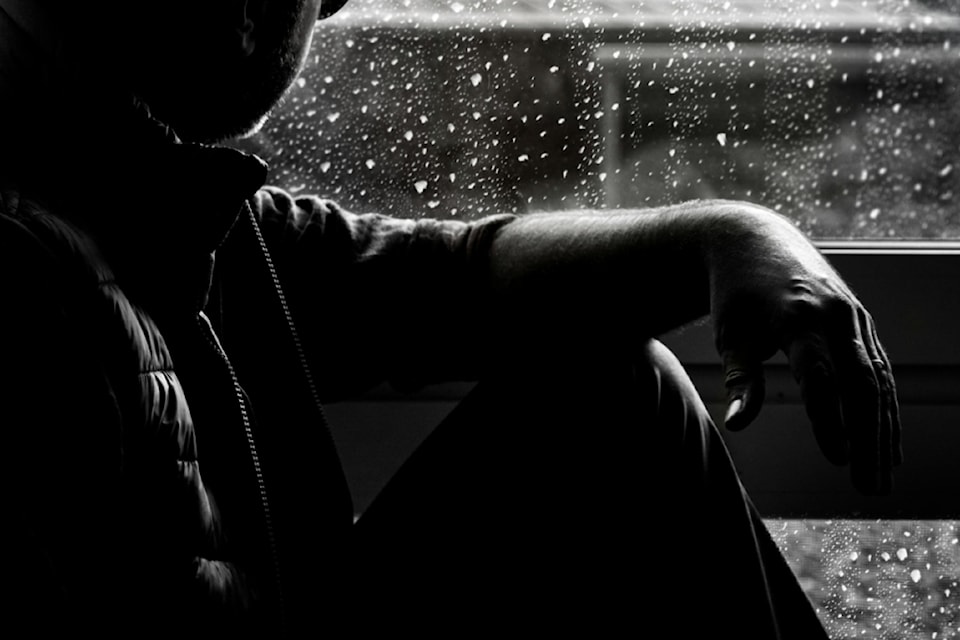An uptick of clients presenting the signs of seasonal affective disorder has prompted a Nanaimo psychotherapist to renew the call for awareness, with the hope to generate destigmatization of a "significant mental health issue."
SAD, otherwise known as seasonal depression, impacts about two to three per cent of the population, according to the Canadian Mental Health Association, and accounts for about 10 per cent of depression cases.
"I'm probably seeing two or three new clients every week who are coming in with the symptoms and not realizing that this is seasonal depression," John Taylor told Black Press Media. "We'll go through the assessment, and it's been going on for a week or two … it's clear that that's what's going on."
Many of his clients who appear to have the disorder have been dropping the activities they normally do that make them feel good, Taylor said. Losing interest in activities is one of the symptoms HealthLink B.C. warns may be connected with the disorder. Others include feeling sad, grumpy or anxious, having trouble concentrating and sleeping more but still feeling tired. Additionally, people may be eating more and craving carbohydrates like bread and pasta.
"A lot of people feel guilty they're not doing more and they're not feeling better, but SAD is a mental health condition just like having diabetes or breaking the leg – it is an actual condition and you can't berate yourself and make it go away," Taylor said.
One of the most powerful tools is self-compassion, he said, which is noticing the feelings without judgment and then allowing oneself to seek treatment.
"Once you notice the symptoms it sort of takes you out from under [its] thumb and creates a little bit of distance, like saying 'I'm somebody dealing with depression' rather than 'I'm a depressed person.'"
One treatment for managing the disorder is selective serotonin reuptake inhibitors medication, according to Taylor, but there are others that can help including exercising, changing diet, managing sleep schedules and employing light therapy.
For light therapy, the Canadian Mental Health Association recommends first consulting a doctor as there are side-effects to this treatment, which involves exposure to special lights. The association notes that 60 to 80 per cent of people with SAD "find substantial relief from light therapy."
"Seeing a psychotherapist who has training and evidence-based tools to treating depression could be very helpful," Taylor said. "A psychotherapist can let you know if it's pretty serious and you need to see a doctor, and the indication of that is if you stopped working or you're having suicidal thoughts, you feel miserable because of the depression so you end your relationship, those sorts of things."
Psychotherapists do not require a doctor referal in B.C., and most extended health benefits cover the treatment.
Additional resources recommended by the B.C. division of the Canadian Mental Health Association include the Mood Disorders Association of B.C., which can be reached at 1-855-282-7979; B.C. Partners for Mental Health and Addictions Information, which has information sheets and personal stories at www.heretohelp.bc.ca; and HealthLink B.C., which can be reached through calling 811 or visiting www.healthlinkbc.ca.
HealthLink B.C. provides free, non-emergency health information, including mental health information, and can allow the caller to speak to a registered nurse about any symptoms presenting.
"The worst thing is when people suffer alone for a long time, it makes things worse," Taylor said.



